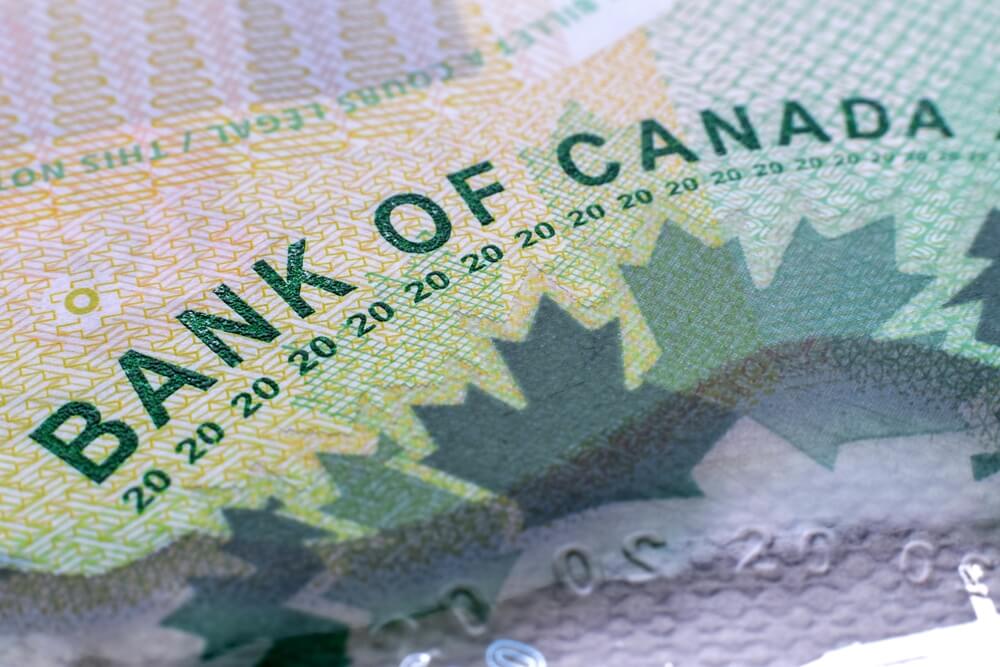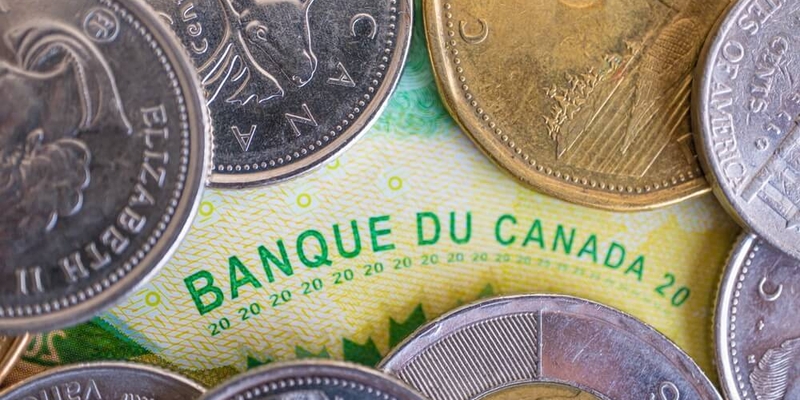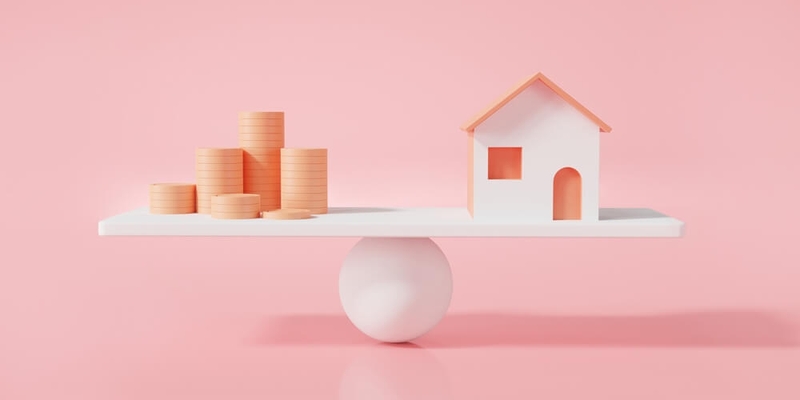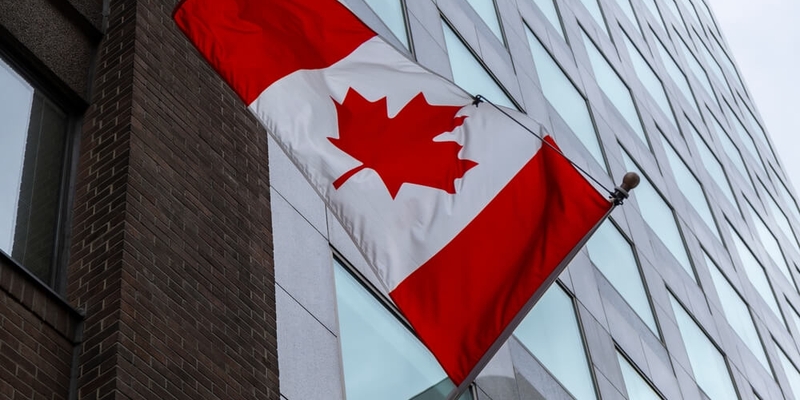Plumbing Water Damage and
Home Insurance Coverage
Your guide to plumbing water damage home insurance coverage
Compare home insurance quotes from providers you trust
What is plumbing water damage?
Plumbing water damage can occur unexpectedly at any property due to a water pipe burst or accidental leaks to existing plumbing fixtures.
It is very likely to occur in the following circumstances:
- When a watermain bursts accidentally, and water enters the property. For example, a burst watermain, which is a common situation in Canada during the winter.
- Sudden release of water due to damage in plumbing, heating, sprinkler, or AC system or domestic water container such as a toilet, washing machine, hot-water heater, or dishwasher located within the dwelling can cause extensive damage or loss to the property.
- Water leakage from a domestic water container located outside the home: For instance, a sudden or accidental escape of water from a hot tub kept outside or a detached private structure in the backyard could cause damage to the property.
Does your home insurance cover plumbing water damage?
It is, undoubtedly, nerve-wrecking to wake up to a water leakage at home and go through the hassle of fixing it. Having your home insurance provider cover the cost of the loss or damage to your property is immensely helpful.
When is water damage covered by home insurance?
Per the Insurance Bureau of Canada (IBC), water damage is covered in an insurance policy only when the aperture through which water enters the insured property is created concurrently with another insured peril. For instance, a hurricane blows part of the roof off, allowing the storm’s rainwater to enter the house.
It’s only in the following four scenarios that water damage encompasses loss of or damage to insured property:
- Sudden and accidental escape of water from a watermain.
- Sudden and accidental escape of water or steam from within a plumbing, heating, sprinkler, or air conditioning system or domestic water container (such as a toilet, washing machine, hot-water heater, or dishwasher) located within the dwelling.
- Sudden and accidental escape of water from a domestic water container located outside the dwelling (for example, a hot tub). Freezing is specifically excluded.
- Entrance of water through an aperture created concurrently with another insured peril.
What is not covered?
- Inadvertently leaving a window open and thus allowing rainwater to enter the dwelling is not covered.
- While a sudden burst of water coming out of the watermain is covered, damage to the watermain itself is not covered.
- Also excluded is damage to the actual system or domestic water container from which the water or steam escaped; only resultant damage to other insured property is insured.
- The water damage peril also features other exclusions, such as continuous seepage or leakage, sewer backup, flood, and hydrostatic pressure.
The same water damage coverage and exclusions apply to comprehensive and named perils policies.
Coverage for commercial properties tends to include protection against water damage except as caused by exclusions such as sewer backup and flood. They also offer protection against damage following a a running faucet or window left open.
What is covered?
Most home insurance policies in Canada cover accidental water damage caused by plumbing failure. For instance, a burst pipe or a water heater rupture that requires emergency plumbing services would be covered in the home insurance policy. In general, there are three categories of damages covered by plumbing failure that home insurance is likely to cover — property coverage, contents coverage, and additional living expenses (ALE) coverage.
- Property Coverage
Under the dwelling or residence coverage, if the plumbing failure causes damage to your home’s roof, walls, flooring or any other part of the structure, the insurance provider will cover it.
For example, if you need to replace part of your flooring due to a plumbing accident, you will be reimbursed for part of the cost depending on the terms of your policy coverage.
- Contents Coverage
Homeowners insurance covers personal property like furniture, electronics or clothing and other possessions. So, if a plumbing disaster causes damage to your personal items, you will likely be reimbursed for repairing or replacing the item. Luxury items like jewellery are only covered up till a certain amount specified in your coverage and might not be covered at all. Homeowners can add an endorsement for greater protection for luxury items.
- ALE Coverage
Additional living expenses coverage provides reimbursements for any living expenses such as hotel stay, travel and food, should you be displaced from your home due to a sudden plumbing emergency.
Additional insurance coverage for your home plumbing
Sometimes in an old property, the plumbing could be outdated due to use over time. There is additional insurance coverage for home plumbing issues that could otherwise cost a fortune to replace or repair. In the insurance industry, the term ‘endorsement’ refers to an amendment to an insurance contract that alters its provisions.
Sewer backup
In a standard home insurance coverage, the damage caused by the backing up or escape of water from a sewer or septic tank is often excluded. Sewer backup inside the home occurs when flooding outside the property overwhelms the municipal sewer system. Sewer backup can occur without flooding during several circumstances, such as the sewer lateral becomes blocked by tree roots, or when materials from nearby road construction clog the local sewage system, backing up the sewer drain(s) within a home after even a normal rainstorm.
Since most home insurance policies do not include protection against damage from flooding, we strongly recommend that consider this additional coverage that could give you added protection against sewer related damage.
Sump pump failure
Damage caused by the backing up or escape of water from a sump system or by ground water or the rising of the water table is excluded from standard coverage. Sump systems exist to remove ground water from around a foundation; without a sump system, a high-water table would cause water to accumulate in the dwelling basement. Various factors (such as soil type, pressure from the water table, and the quality of the foundation’s waterproofing) determine how quickly ground water would penetrate the basement. Failure of the sump system due to sump pump breakdown or inadvertently disconnecting power to the sump pump would eventually allow ground water into the house basement. It is advisable to check with your insurance provider about coverage for any loss or damage caused due to sump pump failure.
Flood
In the insurance industry, the term “flood” refers to any accumulation of large amounts of water in a home. Per Insurance Bureau of Canada, flood means waves, tides, tidal waves, tsunami, dam breaks, seiche, or the rising, the breaking out, or the overflow of any body of water or watercourse, whether natural or human-made. In addition to the coverage provided under the limited sewer backup endorsement, the extended water endorsement, which is also sometimes refered to as overland water protection, provides coverage for damage caused by flood, ground water, rising of the water table, and surface water. It also removes the limitation on sewer backup losses that occur within 72 hours of a flood.
Mold and wood rot
Sometimes the damage caused by rust or corrosion, wet or dry rot, and fungi, spores, or mold is excluded from home insurance. For instance, if water damage caused by a burst pipe within a property leads to mold within the walls and wood rot of a portion of the floor, then that further damage is covered. However, if such damage results from continuously or repeatedly leaking pipe, it is not covered. It is advisable to take up this additional coverage if you live at a property that has a history of developing moulds and wood rot due to water leakage disasters.
Additional home insurance coverage for water damage
Overland water damage
An overland water endorsement refers to when you add coverage to a home insurance policy to protect against damage from overland flooding. Overland water coverage is not mandatory; however, it is advisable to add this to your home insurance due to increasing incidents of severe weather events that have caused damage to property.
Ice damming
If water seeps in your house through the roof due to accumulation of snow or ice on the roof or eavestrough, also known as ice damming, the damage it causes is excluded from standard home insurance coverage. Coverage for loss or damage due to ice damming can be added to your policy. Ice damming has nothing to do with the damming of a river by ice chunks that create a flood.
Water Seepage
Damage caused by continuous or repeated seepage or leakage of water is usually excluded from standard policy. The property insurance policy is intended for sudden and accidental events. Continuous or repeated seepage or leakage of water is thus considered a maintenance issue and so, not insurable.
How to file plumbing water damage claim?
It is imperative to understand the process of filing a claim to your insurance provider, if you pay for home insurance.
- Assess the damage yourself as best as you can. Make sure there is nothing occurring that can make the damage even worse.
- Document everything by listing it but also by taking photos of everything.
- Confirm your policy’s deductible and coverage to make sure it makes sense to make the claim.
- Talk to your broker. Some insurance providers can file a claim by phone, others require paperwork, photos and other documentation. It’s also possible you may have to replace damaged items first and submit receipts for reimbursement.
Why a home insurance claim might be denied
Not all claims are approved by your insurance provider. Insurance providers will send out claims adjusters to assess damages and the validity of your claim.
Understand your policy thoroughly and its exclusions, deductibles, and limits. Also, maintain alist of your possessions with value, which will make it easier to assess damages if/when items are lost or damaged. Keep receipts if you have them for larger, expensive items. It’s also important to document your interactions with claims adjusters. Ask for paper or electronic copies of any reports or statements your adjuster makes.








